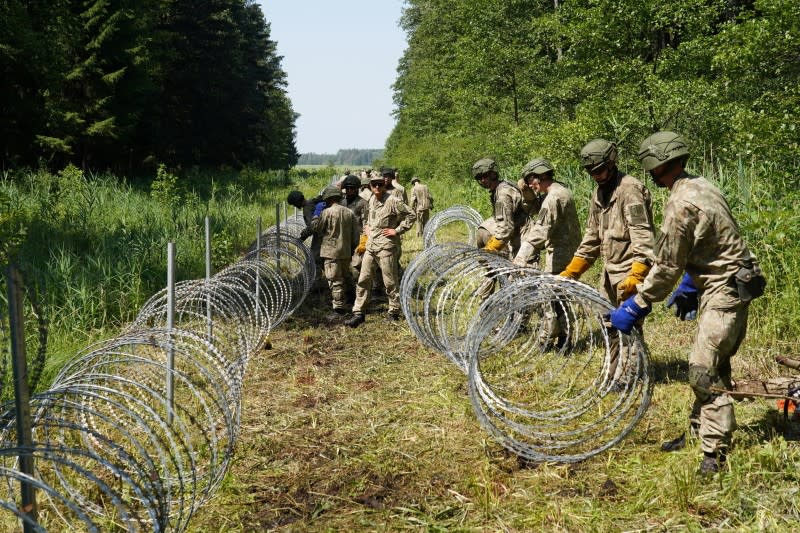Until now, ‘residual’ heart tissue that ‘remained’ after heart surgery, such as a transplant or placement of a supportive heart, was discarded. From now on, that tissue can be done live on by connecting it to an ingenious system with electrodes and exactly the right conditions in terms of nutrients and oxygen.
This results in a living, beating slice of heart tissue that is 1 square centimeter in size and 300 micrometers thick, and whose 3D configuration is intact. The Erasmus MC laboratory is the only place in the Netherlands where this technology is used. The setup for this has been operational for six months now.
Study with living heart tissue
The living heart tissue is used to gain more insight into the treatment of heart failure and arrhythmias. For example, new medicines are added to the slices of heart tissue. It is then measured exactly what effect these drugs have on living tissue and thus on heart function. This research could eventually lead to the development of more personalized treatments. The intended drug can then first be tested on a living piece of heart tissue that is taken from the patient.
Another possible application is to monitor a donor heart outside the body. For this purpose, a piece of the donor heart is taken during the transplant and kept alive in the bioreactor. In this way, doctors can pick up early signs of rejection and sound the alarm before the patient develops symptoms.
For research into improving the treatment of heart diseases, so-called ‘organ-on-a-chip’ technology has also been used for some time. In doing so, a 3D miniature heart cultivated from a patient’s cells.
Pig hearts setup
In addition to research with human heart tissue, pig hearts are also used in the laboratory. For this purpose, the lab has a set-up that can restart the hearts of slaughtered pigs. The researchers can also make beating slices from this tissue. Pig hearts are almost entirely similar to human hearts.
The researchers, led by Dr. Yannick Taverne, are trying to improve the contraction of these beating pig hearts by detecting and repairing any trauma or defects. Further analyzes can then take place while the heart slices continue to beat for a longer period of time. This knowledge can be applied to ‘pimp’ human donor hearts for transplantation.
The research, led by Dr Yannick Taverne, is being conducted by PhD students Jorik Amesz and Mathijs van Schie and medical student Sanne Langmuur. They work closely with electrophysiologist Prof. Natasja de Groot and heart failure cardiologist Dr. Olivier Manintveld. Special thanks go to Dwight Dumay, Martijn Heeren (both clinical perfusion) and Vera Tiggeloven for their contributions to the lab.
–


